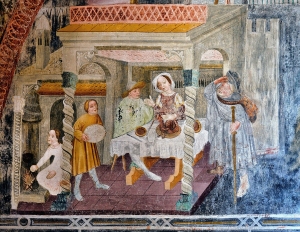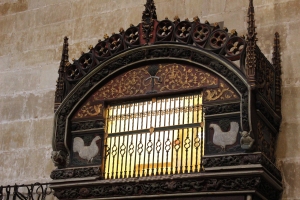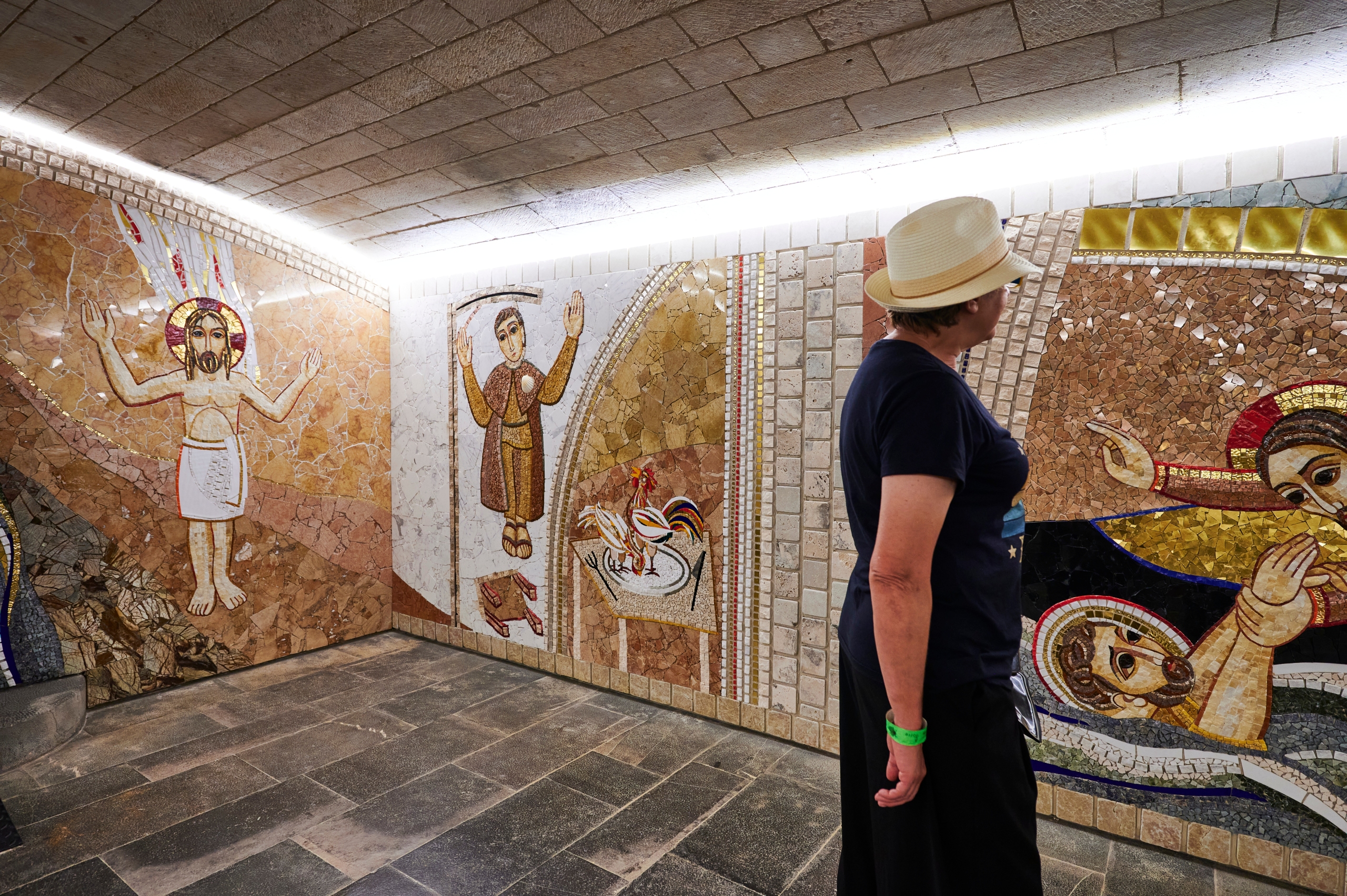Along the storied Camino de Santiago, where architecture, geography, and human movement converge into a centuries-long narrative, few towns capture the fusion of folklore and function like Santo Domingo de la Calzada. Located in the La Rioja region of northern Spain, this modest yet architecturally distinguished town is indelibly marked by one of the Camino’s most enduring legends: the miracle of the hen and the rooster.
A Legend with Legal Consequences
The legend, traceable to the 14th century CE, tells of a German family undertaking the pilgrimage to Santiago de Compostela. During their stop in Santo Domingo, the teenage son was falsely accused by a spurned innkeeper’s daughter—either of theft or impropriety, depending on the version. Local authorities condemned him to death by hanging.

What followed departs from judicial history and enters the realm of miraculous intervention. Upon returning from their pilgrimage, the boy’s parents found him alive, miraculously preserved by Dominic of the Causeway, the town’s namesake hermit-saint credited with aiding pilgrims through infrastructure and spiritual assistance.
When the astonished parents informed the local magistrate—who was in the midst of eating roasted poultry—he dismissed the claim with a cynical flourish: “Your son is as alive as these chickens on my plate.” At which point the roasted hen and rooster are said to have stood, fluffed their feathers, and crowed.
Moral Geometry: Justice, False Witness, and Communal Memory
The story functions as a parable against false accusation and arbitrary justice—narratives that resonated deeply in a medieval world governed by fragile legal structures and divine appeals. Pilgrimage itself was often entangled with ideas of penitence and proof; legends like this one reasserted the Camino as a space where justice, however elusive in the courts, could still be enacted through divine mechanisms.
Yet the legend also serves another purpose: it binds the town’s identity to the pilgrimage in lasting ways. The miracle is not merely an anecdote; it is embedded into the urban and cultural fabric of Santo Domingo.
Living Symbols: Chickens in the Cathedral

Visitors to Santo Domingo de la Calzada Cathedral today can find a coop inside the church itself, housing a live hen and rooster—a tradition maintained for centuries. Pilgrims often pause in front of the birds, which rotate weekly with a second pair kept nearby, as part of a rhythm that blends care for animals with cultural performance. The interior also houses sculptural and pictorial representations of the legend, giving it spatial permanence.
The birds are more than relics of a story; they are agents of local branding. Shops, restaurants, and guesthouses play on the imagery of the miracle. Cookies shaped like chickens, inns named El Gallo, and signs featuring crowing birds perpetuate the tale’s visual vocabulary. It becomes a mnemonic device—not only for the story but for the town itself.
Saint Dominic and the Built Camino
Underlying the miracle is the historical presence of Dominic of the Causeway (Domingo de la Calzada, 1019–1109 CE), a local figure credited with building bridges, roads, and a hospice for pilgrims in an area once considered impassable. The miracle, then, gains added significance when understood within this context: a town founded not just in name but in function by someone whose legacy centers on hospitality, infrastructure, and care for travelers.
This alignment between the town’s physical history and its narrative traditions provides a uniquely integrated form of cultural branding. Unlike imported relics or abstract miracles, this legend is site-specific—it could only have happened here, and it continues to define here in both symbolic and tangible terms.
Folklore as Wayfinding
In a broader sense, stories like this one offer more than entertainment or belief; they operate as wayfinding tools on the Camino. They differentiate one stop from another, turning each into a narrative station along a path where repetition might otherwise dilute meaning. Santo Domingo de la Calzada is not merely a place to pass through; it becomes a story lived in, one that pilgrims internalize, repeat, and pass forward.





